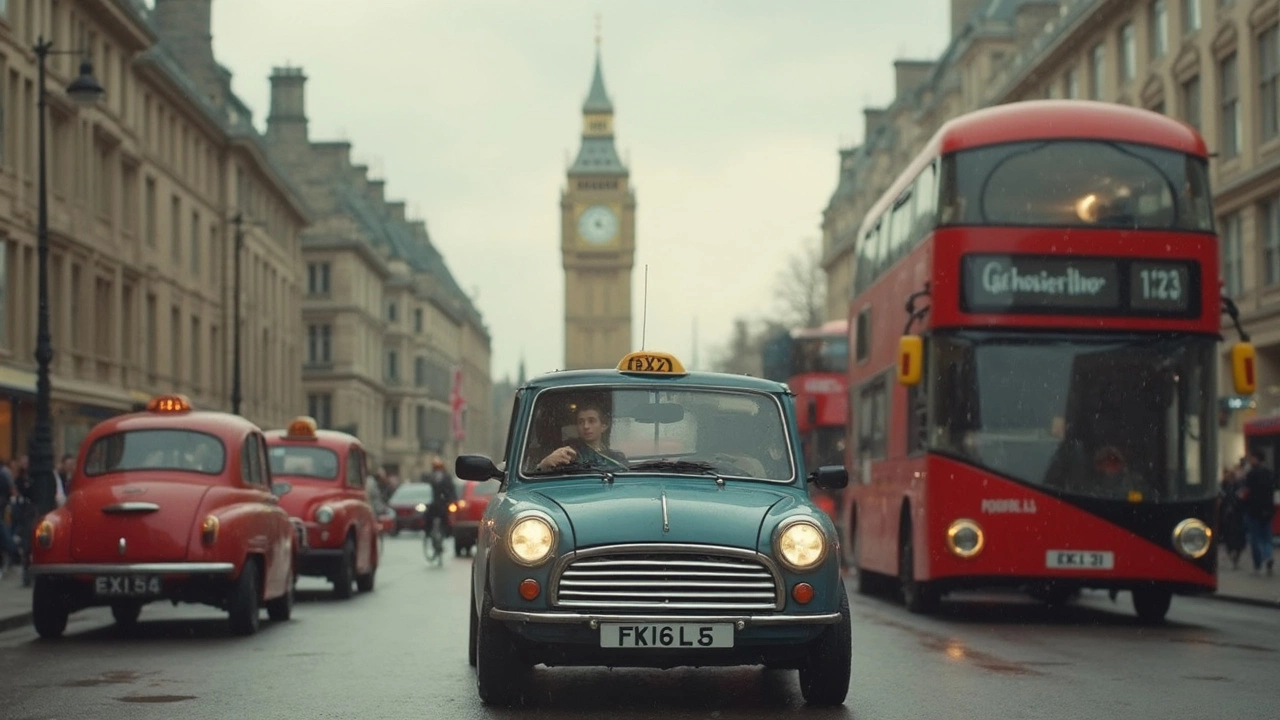Road Test Advice: Your Guide to Acing the HGV Driving Exam
Feeling the pressure before your HGV road test is normal, but the right preparation can turn anxiety into confidence. This guide pulls together the most useful tips from our articles, so you know exactly what to do the night before, the morning of, and while you’re behind the wheel. No fluff, just practical steps you can start using right now.
Prepare Your Mind and Body
Start with a simple routine the day before the test. Get a solid night's sleep – aim for at least seven hours – because fatigue hurts reaction time and focus. Eat a balanced meal rich in protein and complex carbs; foods like eggs, oatmeal, and fruit keep blood sugar steady and reduce nerves. Avoid caffeine spikes that can make you jittery, and stay hydrated with water, not sugary drinks.
When you’re feeling the butterflies, try a breathing exercise: inhale for four seconds, hold for four, exhale for six. Do this three times and you’ll notice a drop in heart rate. Visualising a smooth test helps, too. Picture yourself entering the test centre, checking mirrors, and completing each manoeuvre calmly. This mental rehearsal trains your brain to stay steady under pressure.
Master the Practical Test
Know the test route inside out. If possible, drive the course a few days ahead with a qualified instructor. Pay attention to tricky spots – narrow lanes, blind‑spot checks, and hill starts. Mark these on a map and rehearse the exact actions you’ll take each time you approach them.
During the test, treat every manoeuvre as a separate task. For a reverse park, check mirrors, signal, and then execute the reverse slowly while constantly scanning the rear. If you make a small mistake, correct it quickly and keep moving – examiners prefer safe recovery over freeze‑ups. Remember the ‘mirror‑signal‑blind‑spot‑move’ sequence for every lane change; it’s a habit examiners love to see.
Don’t ignore the vehicle check. Before you start, confirm the lights, brakes, and mirrors work. A quick pre‑test walk‑around shows you’re thorough and can prevent a simple fault from costing you points.
Timing matters. Arrive at the test centre at least 15 minutes early to avoid rushing. Use that time to fill out paperwork, relax, and do a quick mental run‑through of the route. If the examiner gives you a brief waiting period, stay seated, breathe, and keep your focus forward.
After the test, ask the examiner for feedback, even if you pass. Knowing what you did well and where you can improve helps you stay sharp for the next step in your HGV career. And if you don’t pass, treat it as data – revisit the specific faults, practice them, and schedule a retake with confidence.
With the right preparation, calm mindset, and clear execution, the HGV road test becomes a manageable challenge rather than a mystery. Use these tips, stay consistent in practice, and you’ll increase your chances of walking out with a pass the first time.
- March 19 2025
- 0 Comments
- Rowan Cavendish
How Many Minors Can You Have on Your Driving Test?
Wondering how many minor faults are allowed during a driving test before you fail? It's a common question for learners eager to pass their road tests. On most tests, a certain number of minor errors are permissible, giving you more leeway than you might think. Understanding these rules can ease your nerves and help you focus on improving your driving skills. Let's break it down to see how you can better prepare and increase your chances of passing.
- Driving Lessons (41)
- Driving Test Tips (33)
- HGV Training (31)
- Driving Test Booking (27)
- Driving Licence Renewal (23)
- Driving Theory Test (21)
- Intensive Driving Course (16)
- Pass Plus Course (15)
- Driving Tips (15)
- Driver Licensing (14)
Categories
- January 2026 (3)
- December 2025 (15)
- November 2025 (13)
- October 2025 (21)
- September 2025 (5)
- August 2025 (8)
- July 2025 (30)
- June 2025 (30)
- May 2025 (30)
- April 2025 (31)
- March 2025 (30)
- February 2025 (28)
Archives
- driving lessons
- driving test
- driving tips
- intensive driving course
- driving test tips
- HGV training
- learn to drive
- driving theory test
- driver training
- driving test booking
- pass driving test
- HGV driving
- road safety
- driving license renewal
- Virginia driving test
- learner drivers
- safe driving
- Virginia driver's license
- driving license
- learning to drive

